Why Smart Clowns Immortalize Their Make-up Designs on Ceramic Eggs
A unique, egg-based system protects clowns’ intellectual property rights.
At the clown museum in the southwest English village of Wookey Hole, the heavily painted faces of 300 relentless jokesters stare, motionless, from behind a pane of glass.
The faces, painted in a highly realistic style onto pottery eggs, form the bulk of a collection known as the Clown Egg Register. Established in the post-war 1940s by a London-based circus clown named Stan Bult, the register allows professional clowns to essentially copyright their makeup designs to protect against unimaginative imitators.
It also serves to honor the great clowns of yore—the Cocos and Bozos who set the standard for all the grease-painted dreamers who have followed in their wake.
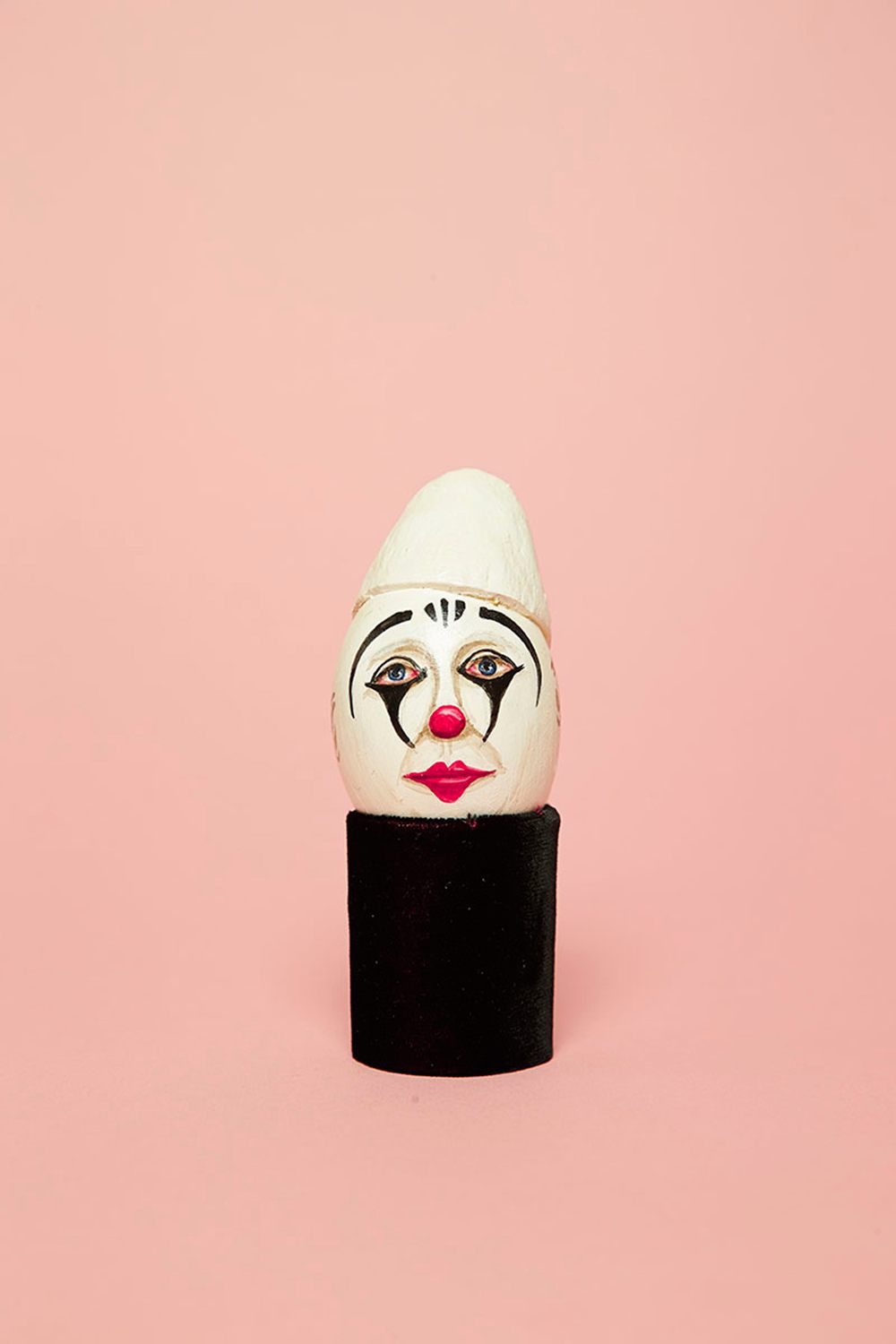
A founding member of the International Circus Clowns Club, Bult originally painted the clown faces onto the shells of emptied chicken eggs more as a hobby than to honor copyright concerns. But, as it turned out, the diversion had practical uses as well: it allowed the organization to record the make-up designs of its members.
The eggs were stored in Bult’s home until his death in 1966, after which they were moved to a London restaurant. Many of the fragile faces broke over the ensuing years. Twenty-four of Bult’s original clown eggs are on display now at Wookey Hole.
The egg tradition resurfaced in 1979. By this point, the International Circus Clowns Club had expanded its scope to become Clowns International—open to all kinds of clowns rather than just the professional circus variety. Ever since, the Clown Egg Register has been a hallmark of the organization.
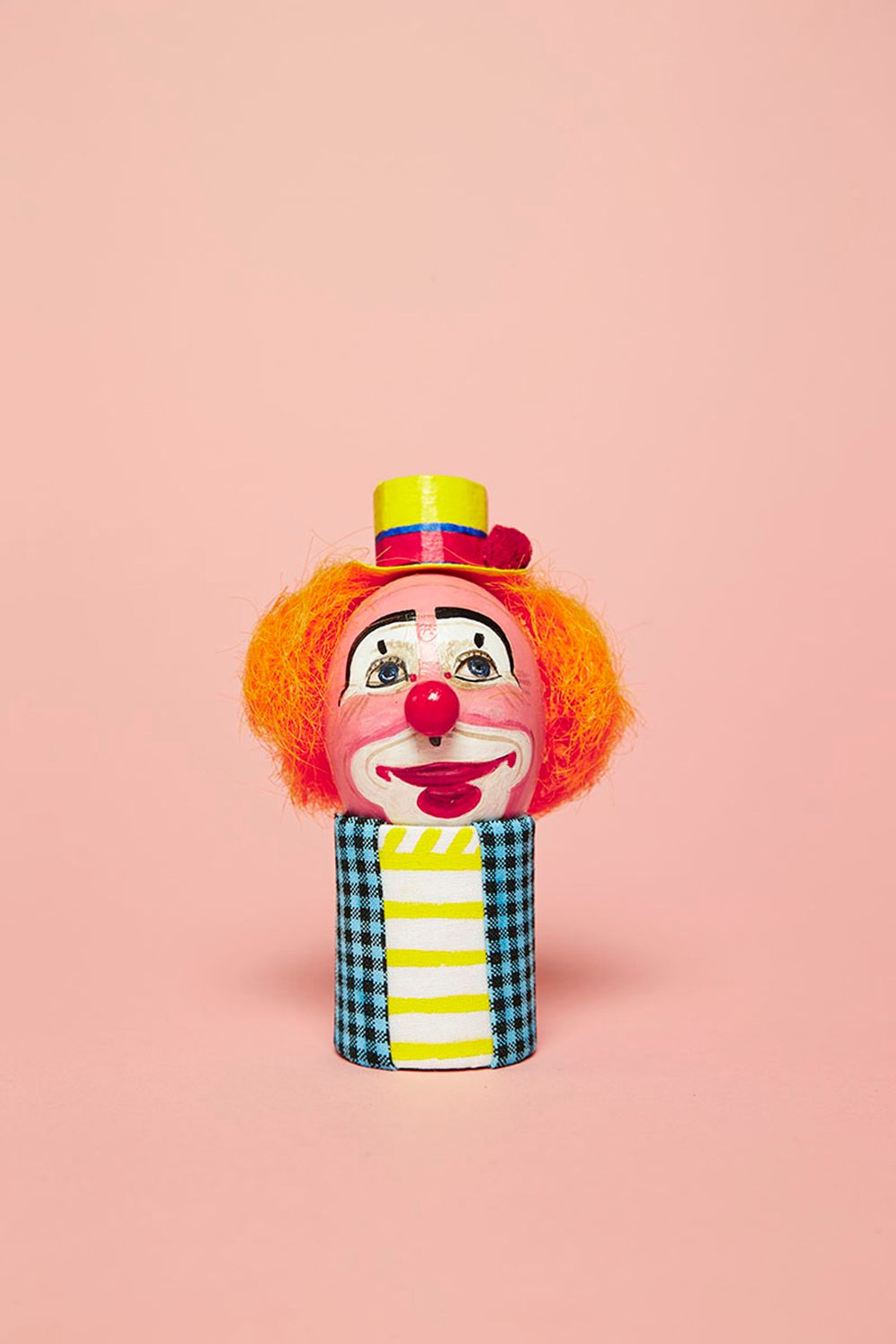
A designated “egg artist”—currently Debbie Smith—paints a pottery egg for each clown who registers. Unlike the Bult-era eggs, which focused solely on faces, today’s eggs also incorporate elements of each performer’s costume. The clowns help the egg creation process by sending fabric swatches and photos of their made-up faces.
In 2007, photographer Luke Stephenson was in an East London church hall working on a bird photography project when he came across a portion of the Egg Register. At the time, Clowns International was moving out of a clown museum they had established in the back of the church.
“I just kind of stumbled across it,” says Stephenson of the register. “There was this little cabinet just full of little eggs, and their little faces looking out at you. I was quite intrigued by it, because it just was quite weird.”
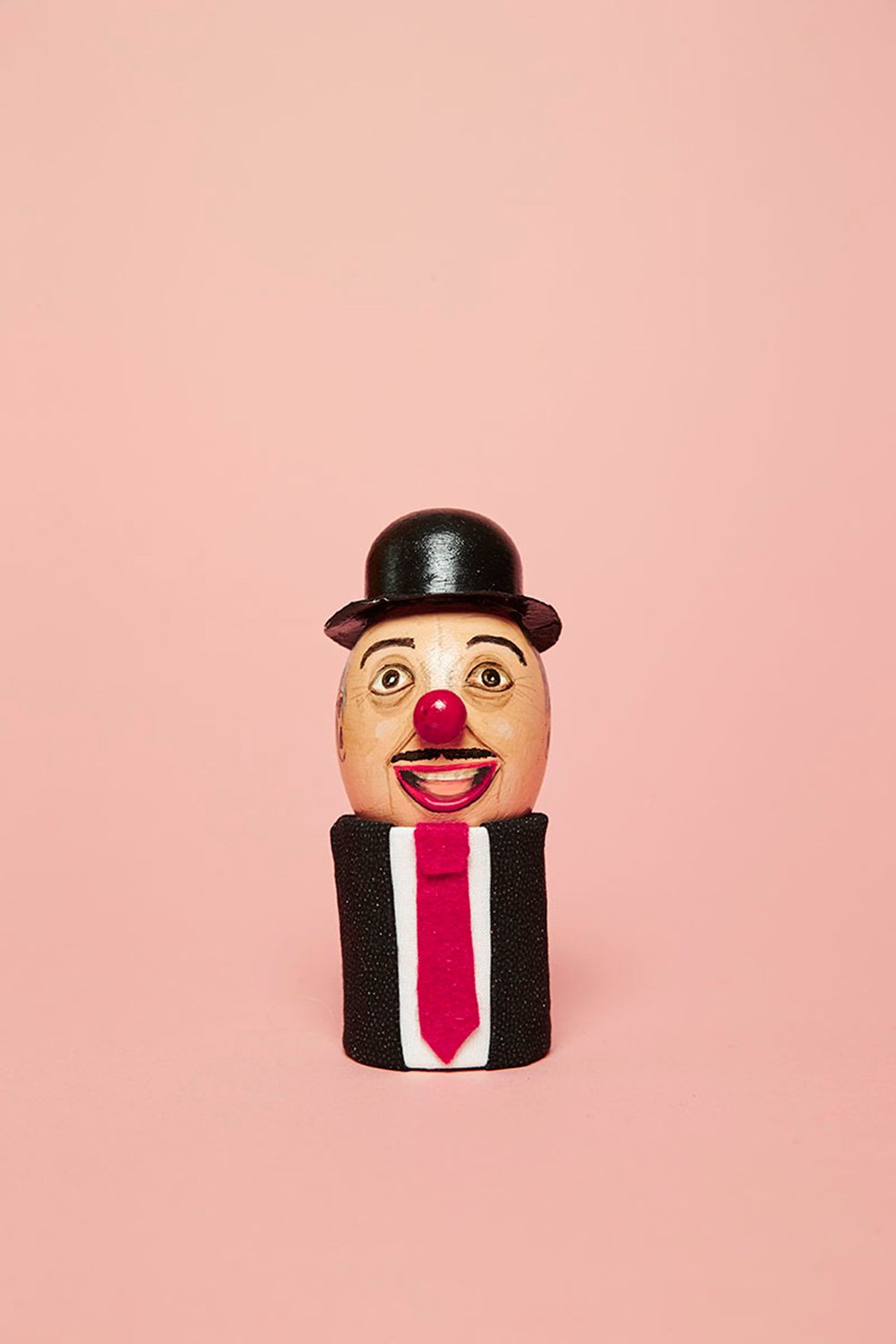
Stephenson photographed some of the more prominent eggs from the register in 2007, then journeyed to Wookey Hole in 2015 to document the rest. All images in this post are all from his most recent visit, and feature faces painted by Kate Stone, the long-serving egg artist who handed the mantle to Debbie Smith. “It’s a very mixed group,” he says, regarding the range of performers in the collection. “You’ve got the super famous clowns, down to the children’s entertainers.”
All, however, are bona fide clowns—an essential requirement for anyone who wants to be made into an egg. “I thought it would be quite good to just pretend to be a clown and get an egg myself,” says Stephenson. “It’d be good to have on the mantelpiece. But you have to be a clown.”
Stephenson is now working on a book about the Clown Egg Register and the lurid, amusing, and sad life stories of the performers who appear in it. “One of them got murdered with, like, a candlestick,” he says. The book is tentatively set for release in 2017.


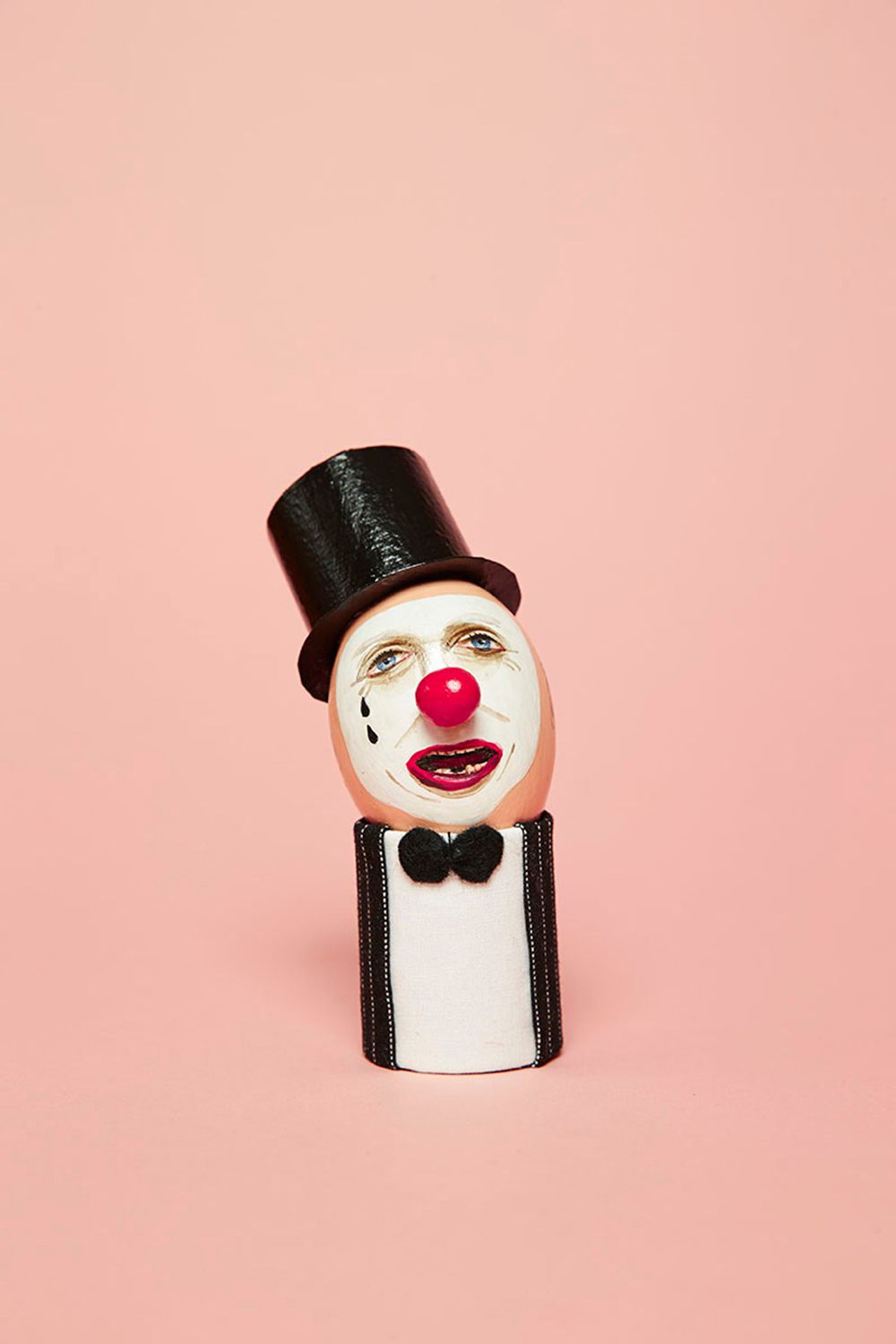



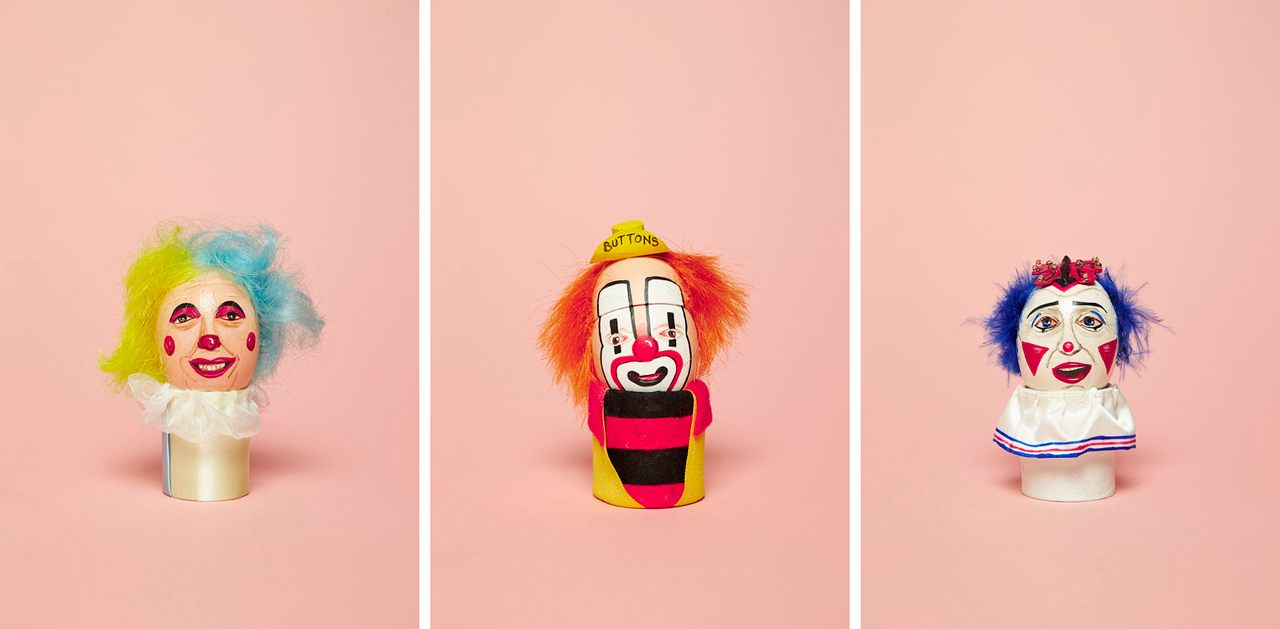


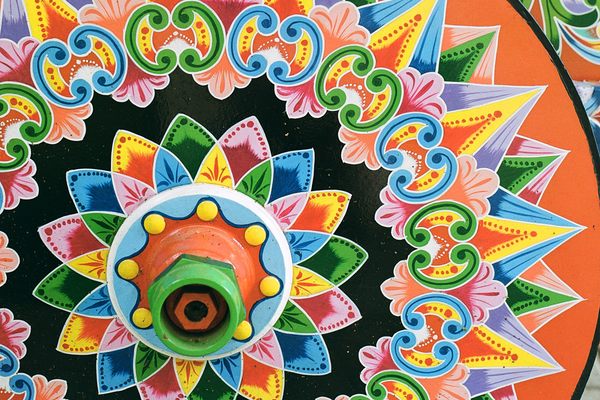


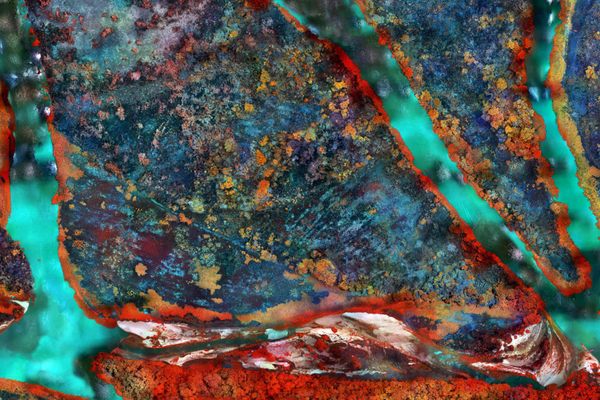





















Follow us on Twitter to get the latest on the world's hidden wonders.
Like us on Facebook to get the latest on the world's hidden wonders.
Follow us on Twitter Like us on Facebook